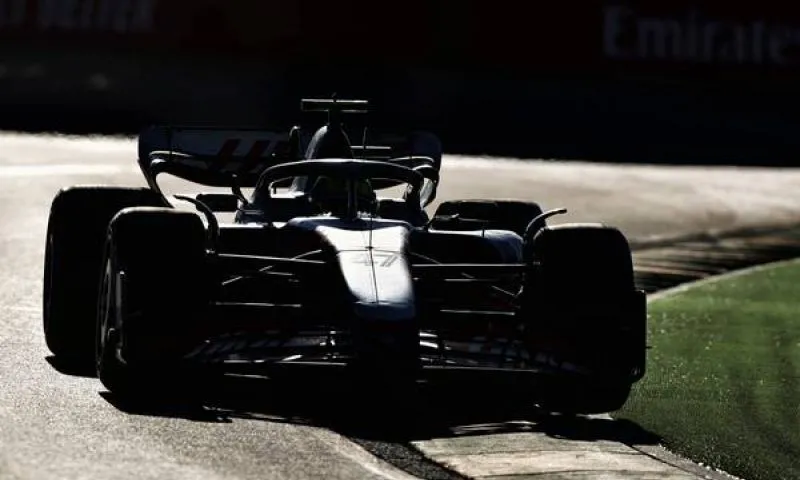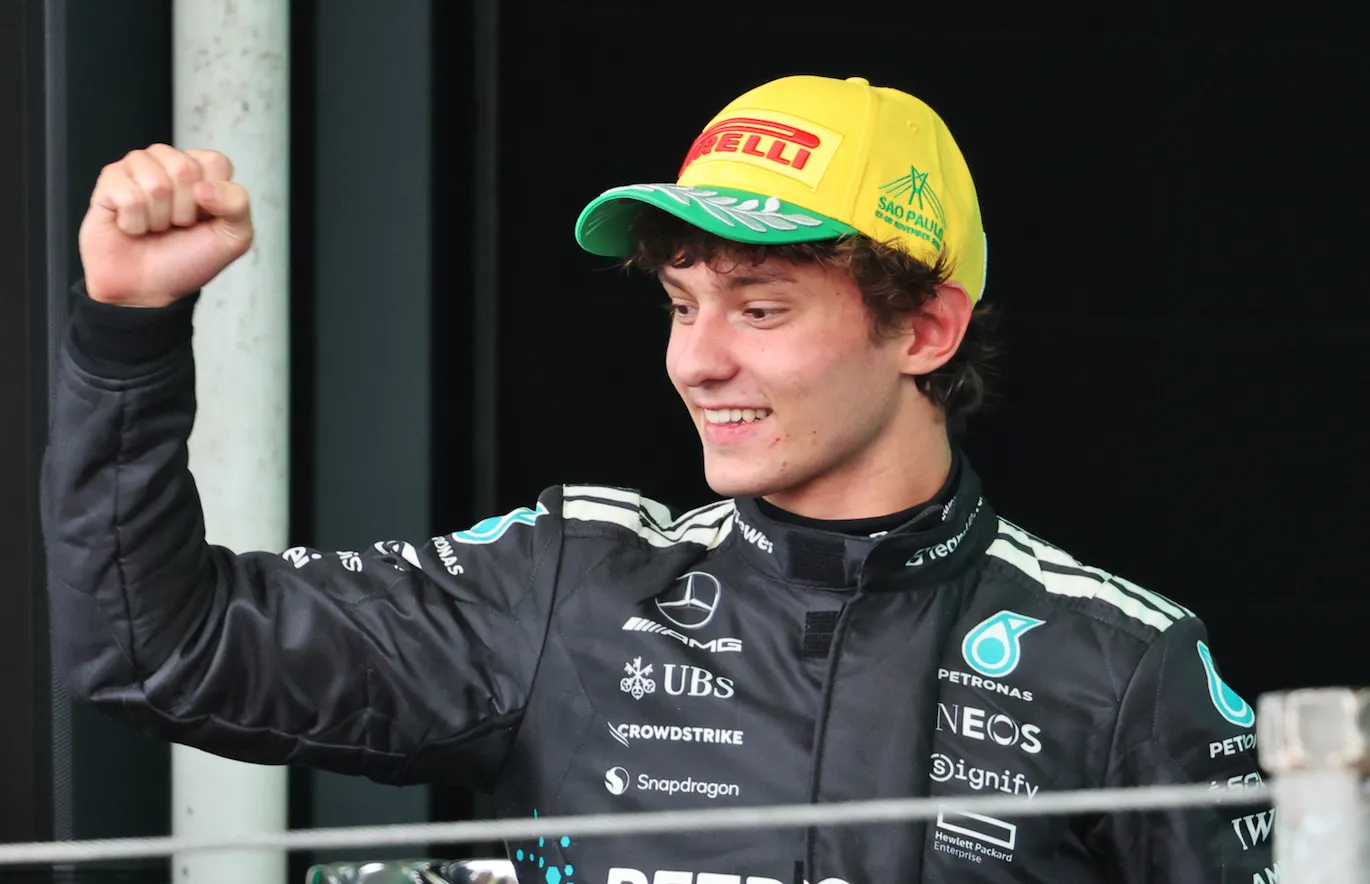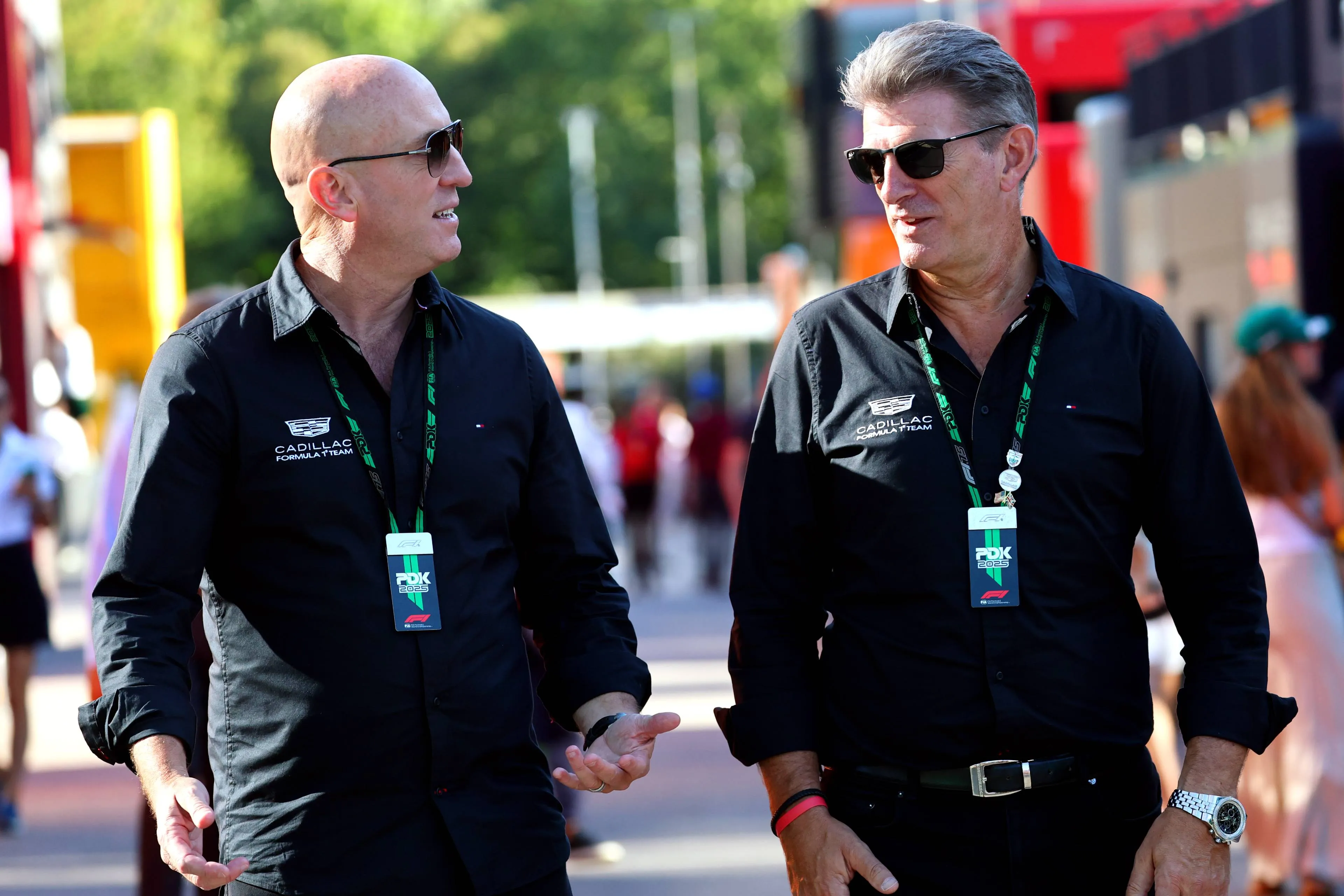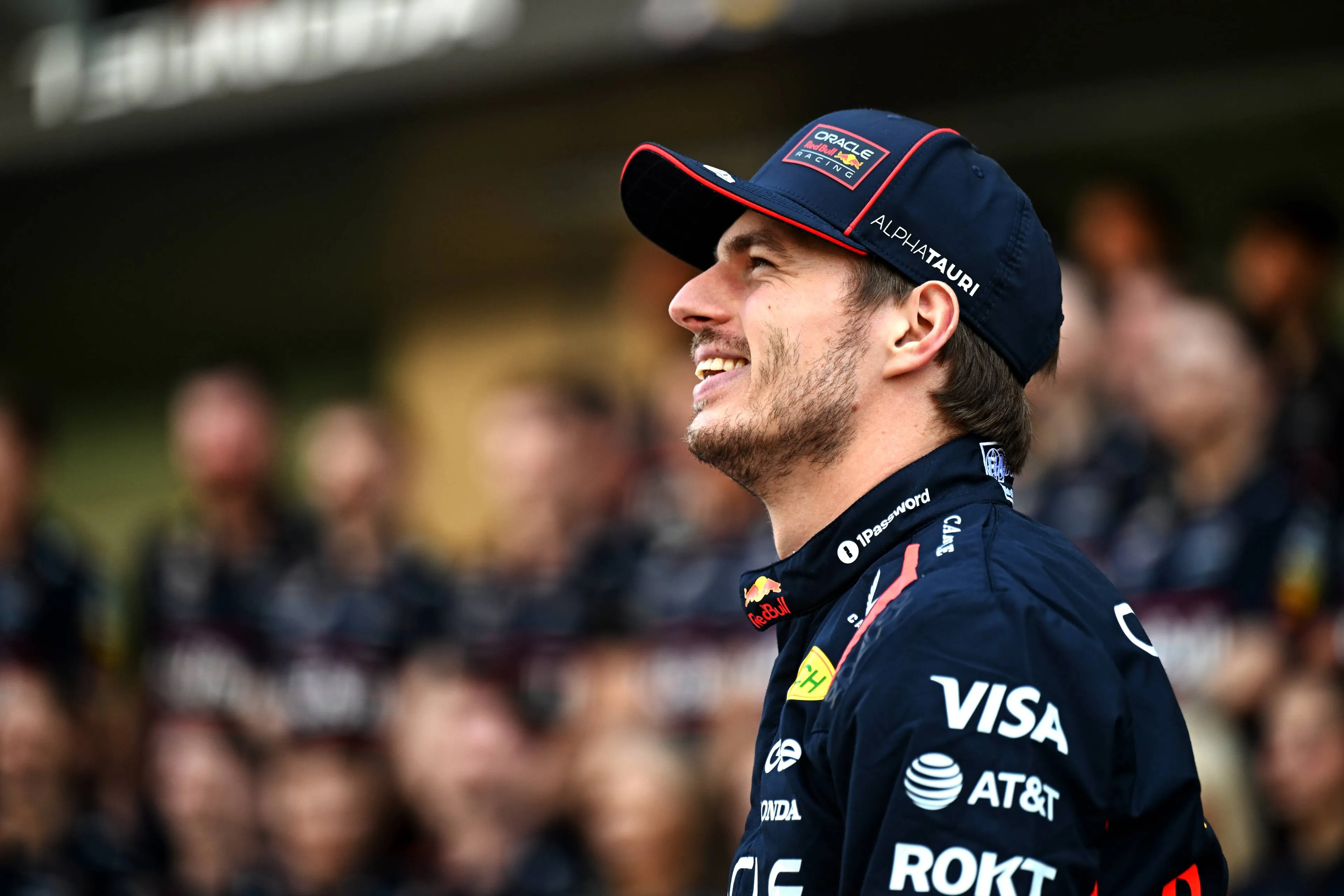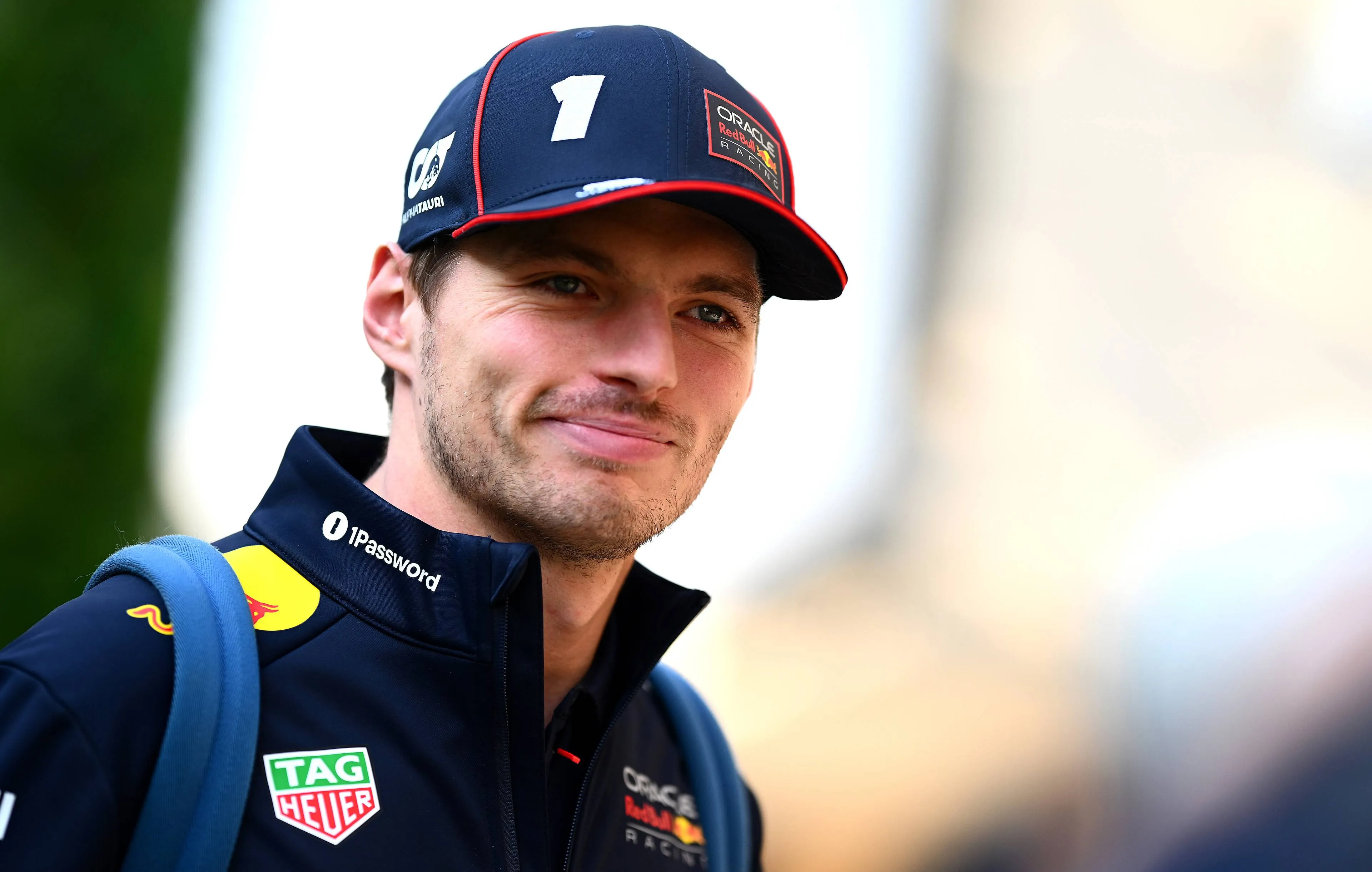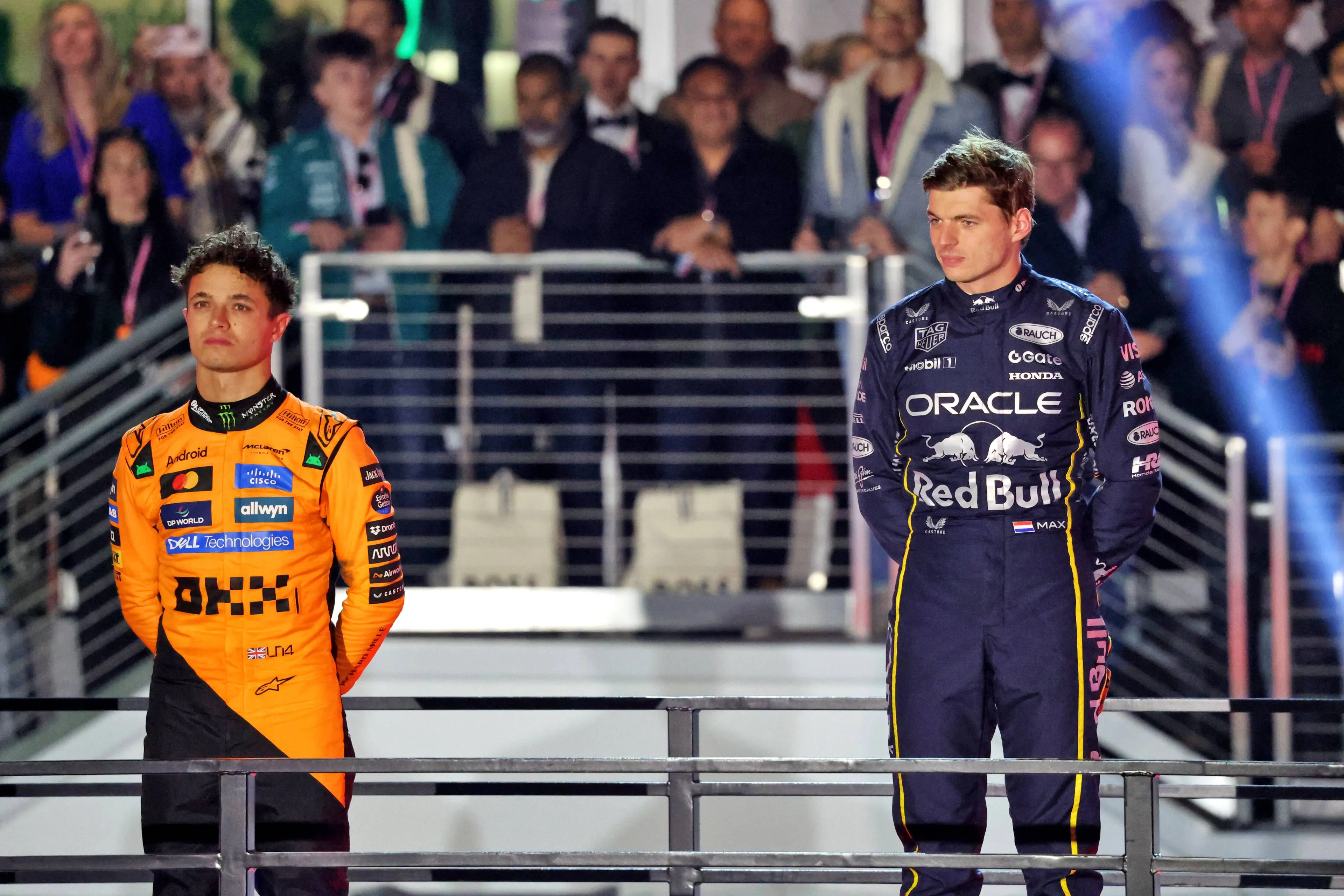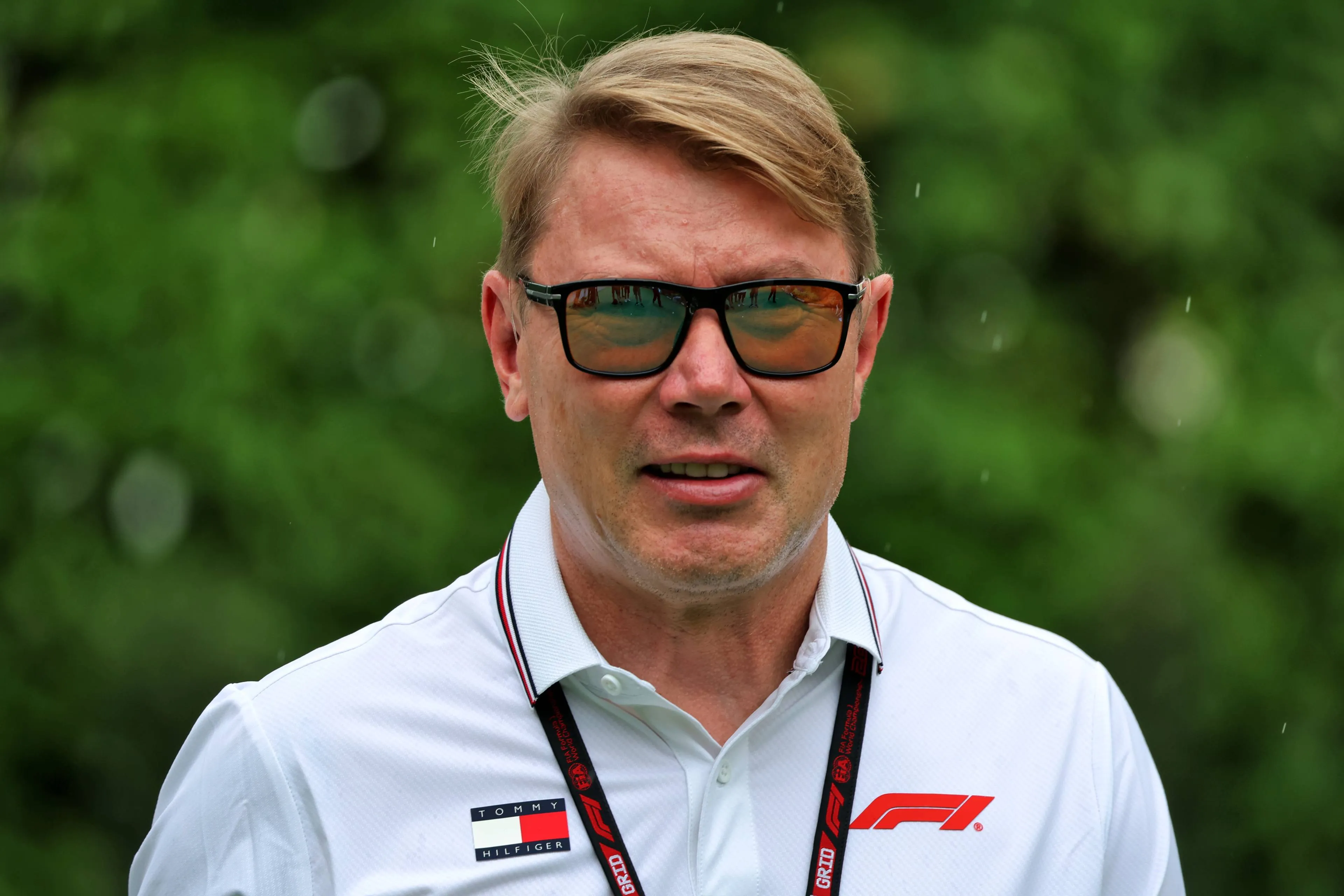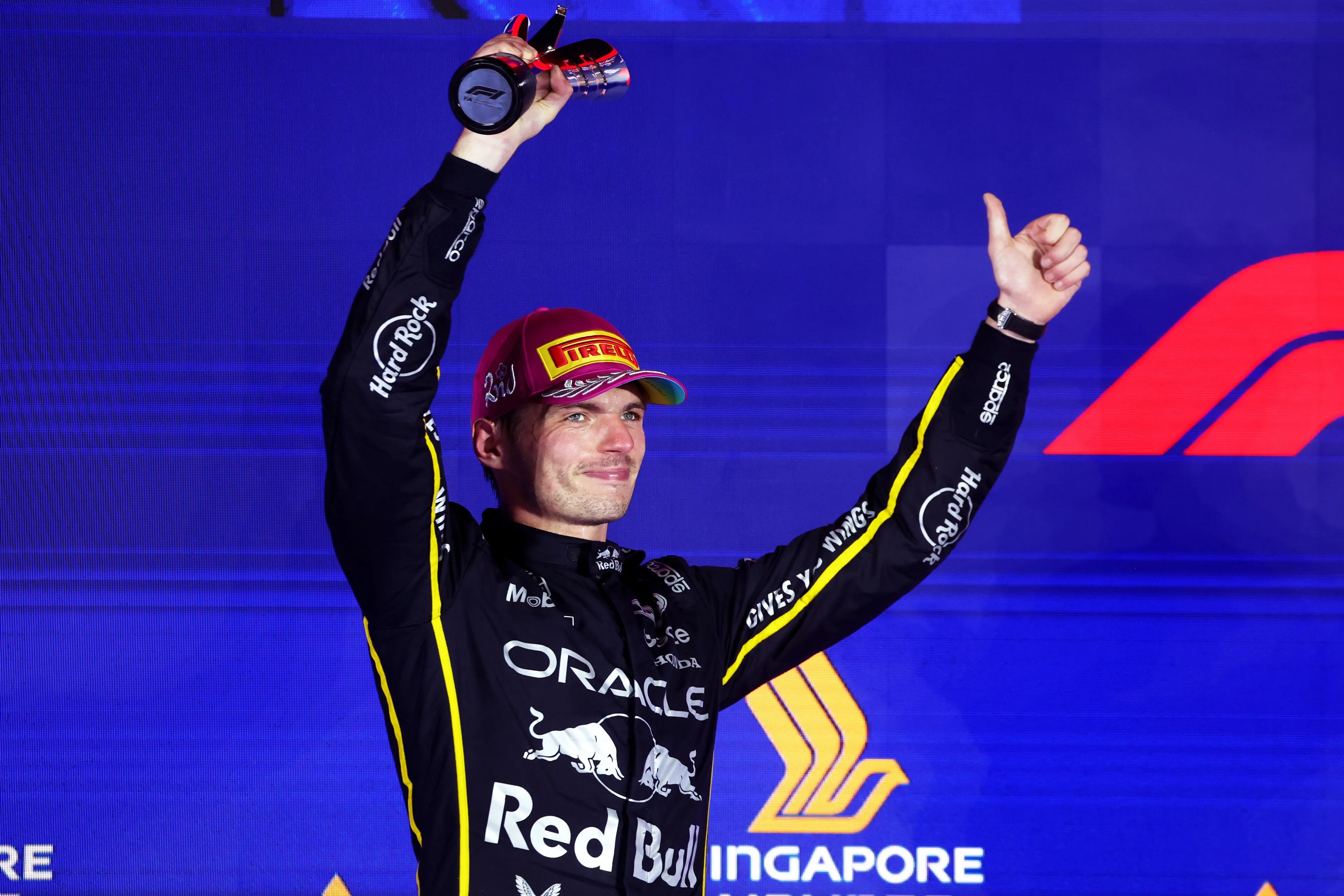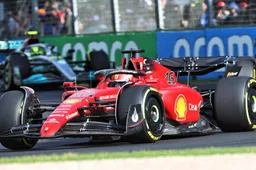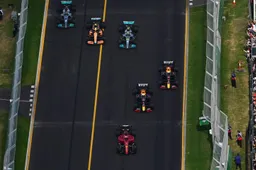The recent 2022 Australian Grand Prix played host to numerous changes on the circuit, affecting the teams and their brand new cars in more ways than one. We take a look back to try and understand who was best or worse off and what they will do with the information they have gathered.
Who did it help?
McLaren has had a miserable season in the opening rounds. Expected as a regular to make a step forward in new seasons, the Woking team this time has taken a major step backward, only collecting points with one car in two Grand Prix. Australia marked a change in form, however. Both Daniel Ricciardo and Lando Norris were able to fight their way into Q3 and finish in the points on Sunday. This was mostly down to their reduced reliance on braking performance around the modified circuit, an area of difficulty for the team in recent times.
Red Bull was also able to mount a greater challenge on leaders Ferrari this time round. The Red Bull Powertrains seem to have elected for a much more aggressive and high-performance design, which has evidently resulted in low reliability. This was exemplified much more around the Albert Park circuit, with the constructor able to maximise their straight-line speed along the much more flowing circuit.
Who was worse off?
Haas had one of their strangest weekends yet. Clearing their name as a dark horse of the season by visibly showing a giant leap in performance in Bahrain and Saudi Arabia, the team took a sizeable step back on the streets of Albert Park. Q3 and points seemed to become a regularity for the team early on, but they were unable to achieve either in round three of the 2022 season. It’s difficult to chalk down how this occurred, but the team were quick to come out and explain that their setup played a part in their pains.
Mercedes looked woeful for a considerable part of their weekend. Littered with snaps of oversteer and mistakes in their practice sessions, the German manufacturer seemed to be incapable of properly dialling out their porpoising issues. They were resultantly affected in the hard braking zones, with the cars unable to reduce speed and properly bite into the corners. The cars were able to make up a margin of this issue on the straights, but the incessant bouncing of the silver arrows is certainly not ceasing to cause issues for the eight-time world champions.
What information can they gather?
The changes have shown what a circuit with an immense number of straights can contribute to each of their performances. For a brief period of time, the circuit held four DRS zones, displaying the FIA’s confidence in the DRS system itself, as well as how much it can push its use on race circuits.
With this, the teams can also begin to extrapolate performance expectations on circuits such as Monza and Spa Francorchamps. They too, also have longer straights with smoother turns and minimal hard braking zones. From this, they will be able to plan upgrades in specific areas and schedule their designs to come in at the crucial times to maximise their weekend points hauls.
Read more about:
Popular on GPBlog
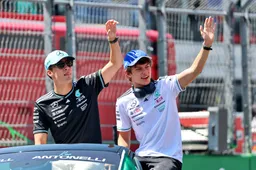
1
Mercedes star handed double penalty in off-season racing outing
2004 times read

2
Bad news for Bottas as F1 comeback undermined by early setback
753 times read
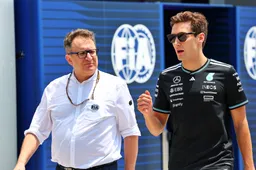
3
FIA already warned F1 teams seeking to exploit loopholes in 2026 rules
547 times read
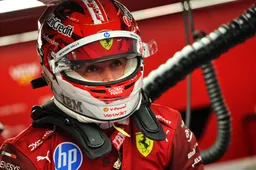
4
Leclerc signals uncertainty as Ferrari braces for 2026 upheaval
458 times read
Loading
